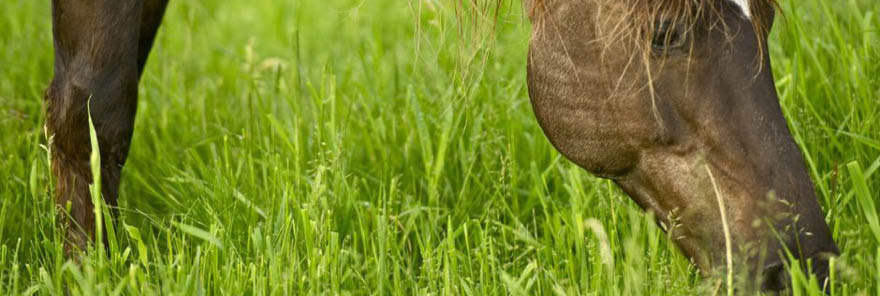Maintaining healthy pastures is an important part in keeping a clean and hygienic barn environment. One age-old practice that significantly enhances pasture health is the proper spreading of manure. When handled and applied properly, manure plays a significant role in enhancing soil fertility, promoting nutrient cycling, and improving overall pasture vitality, creating healthier grazing grounds for horses. Here are a 6 key practices of spreading manure to ensure healthier pastures:
1) Strategic Timing:
Timing is everything when it comes to spreading manure. To maximize its benefits, apply manure at a time when the weather and soil conditions are favorable for nutrient absorption. Ideally, spreading manure during the growing season (Spring and Summer) ensures that plants can readily utilize the nutrients. Avoid spreading during heavy rainfall, as it may lead to nutrient runoff and water pollution.
2) Manure Composting:
Composting is a process that involves creating a controlled environment where organic materials, such as manure, can decompose naturally with the help of microorganisms. This process enriches the soil with valuable nutrients and promotes healthy plant and grass growth. Composting also helps reduce odor and pathogens, creating a safer environment for horses and their caretakers.
3) Even Distribution Using a Manure Spreader:
Even distribution of manure is essential to prevent nutrient imbalances within the pasture. Utilizing manure spreaders like the Millcreek spreader or ProTwin Slinger helps achieve uniform coverage throughout the entire area. Not only does this save time and work more efficiently, but it also guarantees that all sections receive an adequate amount of nutrients. This promotes consistent growth and prevents the buildup of manure in specific areas, such as corners in paddocks or along trails.
4) Aeration and Incorporation:
Enhancing soil aeration and incorporating manure are key strategies for maximizing nutrient utilization and promoting healthy pasture growth. You can utilize techniques such as harrowing or aerating to break up compacted soil and facilitate nutrient absorption. After spreading manure, you can incorporate it into the soil using a harrow or cultivator to ensure thorough mixing and minimize nutrient loss.
5) Rotational Grazing:
Implementing rotational grazing practices complements manure management efforts by optimizing pasture utilization and minimizing overgrazing. Rotate horses between paddocks to allow for rest and pasture recovery, while simultaneously distributing manure evenly across the land.
6) Monitoring and Adjusting:
Regular monitoring of the health of your pasture, the quality of soil, and how you manage manure is essential in identifying potential issues and making necessary adjustments. Keep a close eye on pasture growth, weed prevalence, and any changes in your horses’ health to assess how well your manure spreading plan is working. You can then use these observations to adjust how you apply manure, adapting to the evolving needs of your pasture. Being flexible and adaptable is crucial for a successful manure spreading strategy.
Spreading manure for healthier pastures is a process that requires careful consideration of timing, distribution, aeration, grazing practices and monitoring. It is essential for maintaining a clean, healthy, and sustainable barn environment. Remember – effective manure management is not just about cleanliness – it’s about fostering a balanced ecosystem to promote the health and well-being of your horses.


